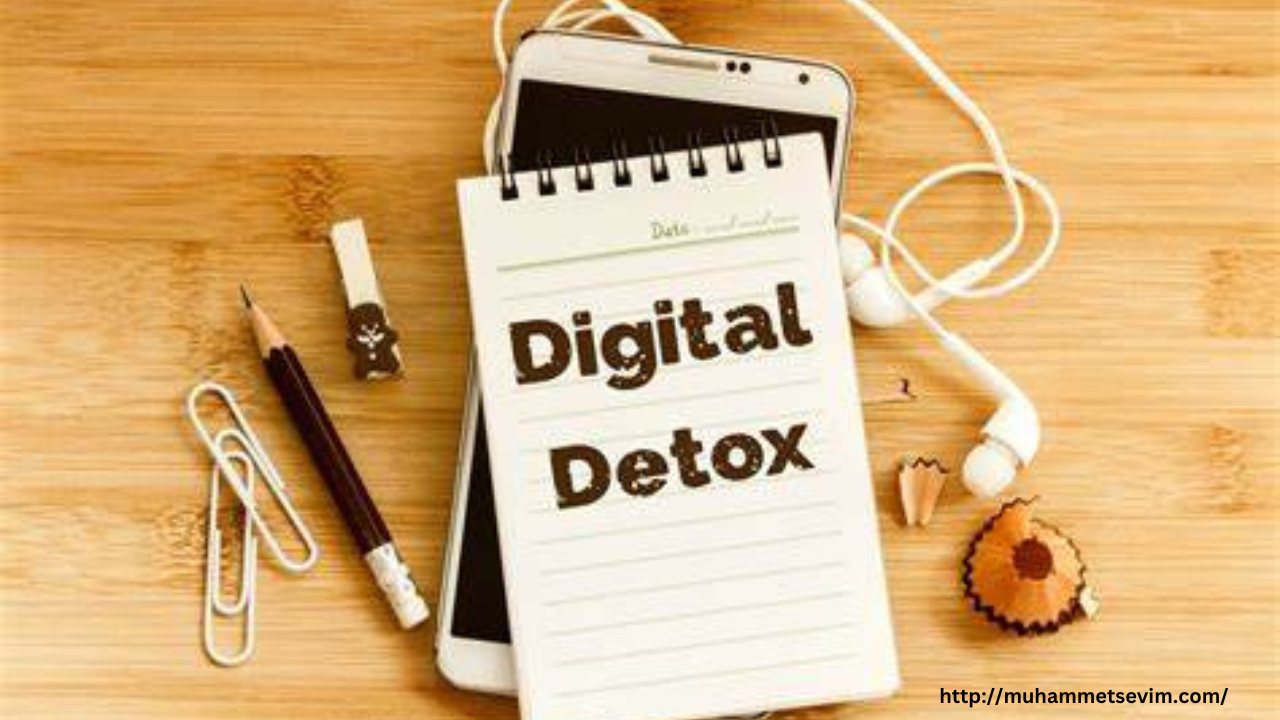 In today’s fast-paced, hyper-connected world, screens dominate our lives. From social media and streaming services to endless notifications and news updates, digital consumption is at an all-time high. While technology has many benefits, excessive screen time can lead to stress, anxiety, decreased productivity, and even addiction. If you feel overwhelmed by your digital habits, a digital detox might be the solution. By unplugging, you can reclaim your time, boost mental clarity, and rewire your brain for healthier living.
In today’s fast-paced, hyper-connected world, screens dominate our lives. From social media and streaming services to endless notifications and news updates, digital consumption is at an all-time high. While technology has many benefits, excessive screen time can lead to stress, anxiety, decreased productivity, and even addiction. If you feel overwhelmed by your digital habits, a digital detox might be the solution. By unplugging, you can reclaim your time, boost mental clarity, and rewire your brain for healthier living.
The Impact of Digital Overload
Spending too much time online affects both mental and physical health. Studies show that excessive screen use:
- Disrupts sleep patterns due to blue light exposure from screens.
- Reduces attention span by encouraging constant multitasking.
- Increases stress and anxiety from information overload and social media comparisons.
- Negatively affects relationships by reducing face-to-face interactions.
A digital detox is a structured way to step back, reassess your habits, and rebuild a balanced relationship with technology.
Step 1: Recognize Your Digital Dependence
The first step in any detox is awareness. Ask yourself:
- Do you check your phone first thing in the morning and before bed?
- Do you lose track of time scrolling on social media?
- Do you feel anxious or restless without your phone?
If you answered “yes” to these questions, it’s time to take control of your screen time.
Step 2: Set Clear Boundaries
To reclaim your time, set realistic boundaries:
- Limit screen time using apps that track usage and set reminders to take breaks.
- Designate tech-free zones like the bedroom and dining table.
- Schedule screen-free hours each day to focus on offline activities.
Step 3: Replace Digital Distractions with Meaningful Activities
Many people turn to their devices out of habit or boredom. To break the cycle, replace screen time with:
- Reading books instead of scrolling through news feeds.
- Outdoor activities like walking, biking, or exercising.
- Mindfulness practices such as meditation, journaling, or deep breathing.
- Social interactions by meeting friends and family in person.
Step 4: Rewire Your Brain for Focus and Productivity
Constant digital stimulation rewires the brain for distraction, making it harder to focus. A detox helps retrain your brain for deeper concentration and productivity. Try:
- The 25-5 Rule (Pomodoro Technique): Work for 25 minutes, then take a 5-minute screen-free break.
- Single-tasking: Focus on one task at a time instead of multitasking.
- Mindful tech use: Be intentional with screen time—use it as a tool, not a crutch.
Step 5: Maintain a Balanced Digital Life
A digital detox isn’t about quitting technology altogether—it’s about using it mindfully. After your detox, create sustainable habits:
- Schedule regular digital breaks (e.g., a weekly tech-free evening).
- Use social media and emails with purpose, not passively.
- Prioritize real-world connections over virtual ones.
Final Thoughts
By committing to a digital detox, you can reclaim your time, reduce stress, and improve focus. A balanced relationship with technology leads to better mental clarity, deeper relationships, and a healthier lifestyle. Start small, be consistent, and watch how unplugging transforms your well-being.